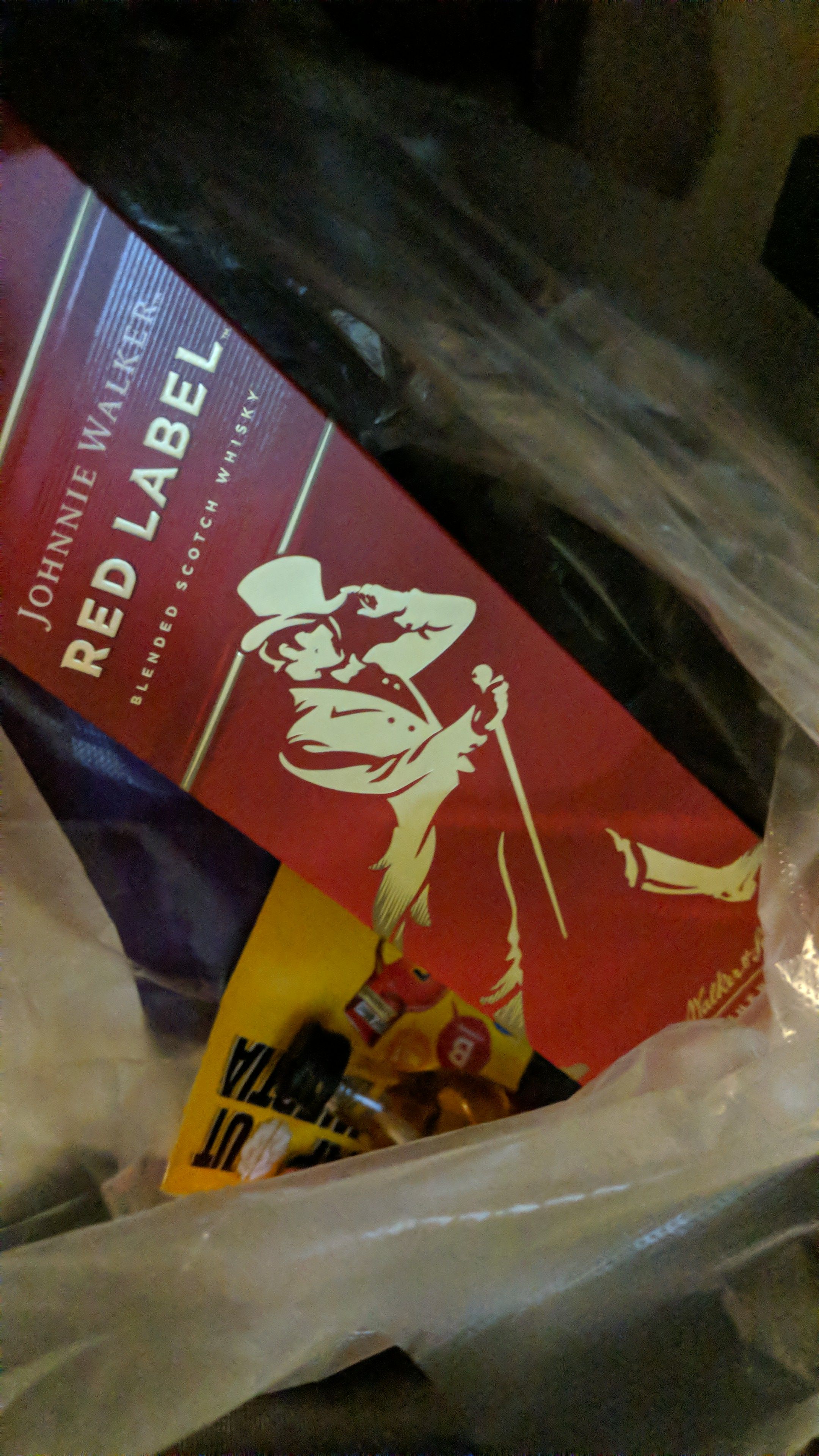
lucas5763
No personal profile
10Follow
1Followers
0Topic
0Badge
Hmmm
5 Buffett Stocks to Buy Hand Over Fist for the Second Half of 2021
OK OK
S&P 500 and Nasdaq end down after hitting record highs
Okay
GameStop Joined the Russell 1000. The Move Might Hurt the Stock.
too late
Newegg stock soars nearly 70% as sold-out Nvidia GPUs appear in product lottery
like amazon
Amazon And Apple Are Coiled Springs About To Explode To The Upside
liked
Sorry, the original content has been removed
nice
Sorry, the original content has been removed
ggood
The Meme Stock Trade Is Far From Over. What Investors Need to Know.
Go to Tiger App to see more news